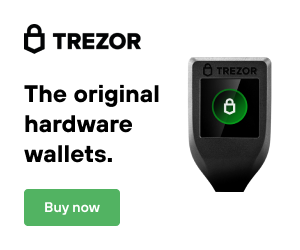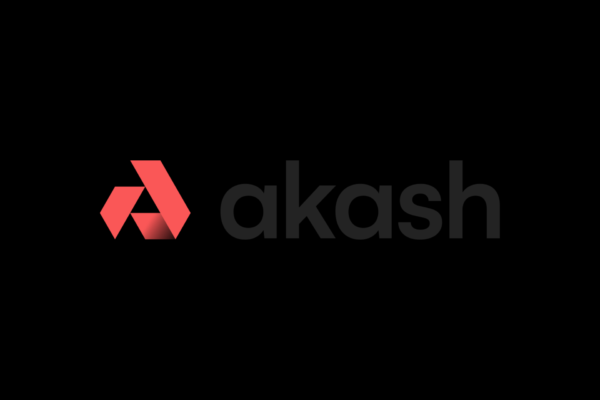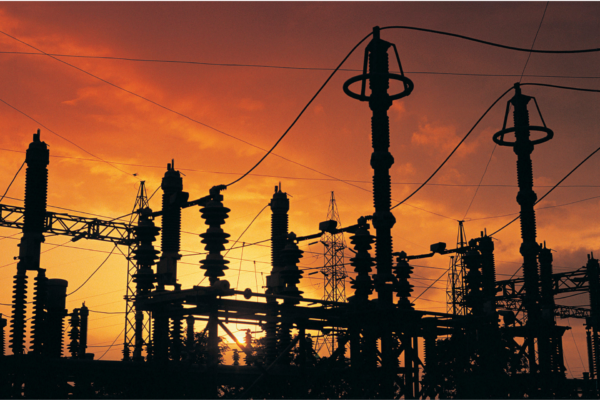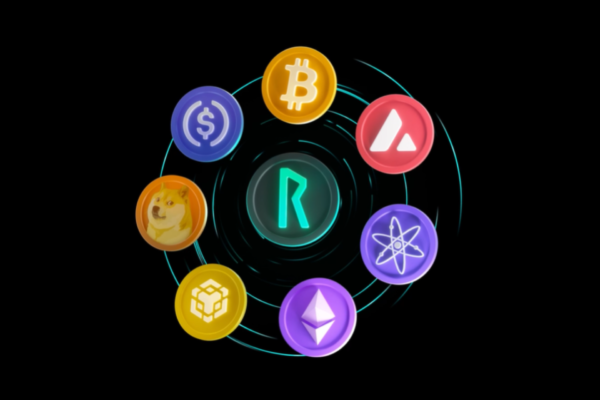This article emphasizes the tremendous downfall of Layer-2 network token prices. Layer-2 tokens like MATIC,OP,LRC and others have had the largest downfall of the major digital asset categories.
Layer-2
For an introduction to Layer-2 check out our article [here]. This article reviews a gaming and nft focused Layer-2, but also explains how layer-2 networks function. Layer-2 network essentially boost the functionality of networks that handle the first layer which handles security. A popular example is the Polygon Network (& MATIC token), Polygon helps make Ethereum based transactions cheaper and faster. During upward markets, these protocols are imperative since the fee reduction and usability reigns supreme compared to using the Ethereum network alone. The problem most of these types of networks face is that during a downward market, Ethereum volume and hype drops.
With this reduced Ethereum traffic, the gas fees in the ETH token fall precipitously. With this extreme drop in gas fees, users have less incentive to bridge funds to a layer-2 network since Ethereum is no longer congested. This is one likely major reason that layer-2 has taken an extra beating when compared to other major crypto asset categories. Layer-2 has dropped even further than Memecoins as a category.
Layer-2 Tokens: Lack of Utility
Another likely cause of this disproportionate downfall could be the fact that most of these tokens are purely governance tokens. A great example of this currently is the Optimism, OP token. Currently the token boasts no utility other than to vote. OP does carry the power of community though. When a token’s only use case is for token holders to vote based on percentage ownership, the demand is likely to fall further than tokens with utility.
Even those tokens that have a fee structure for transactions are likely to suffer since the fees are incredibly cheap. For example, to transact on the Polygon Network I was able to make over 100 transactions with 1 MATIC token for gas fees. This includes normally gas heavy transactions such as complicated DeFi, and trading NFTs.
An article written by our Co-Founder explains why the LINK token suffered during the last bull run [LINK]. Essentially, the LINK token is not tied closely enough to the usage of Chainlink as a blockchain oracle. If the team were to change the economics to intertwine the LINK token with the use of Chainlink itself, the price action would likely be more positive.

Competition
The third likely driver of this extraordinary hit is that Layer-2s have a LOT of competition. Unlike Layer-1 networks, layer-2s struggle even more to separate themselves from the pack. Layer-2s also are only as good as the layer-1 they choose to build upon. While there are many layer-1 networks, these networks offer unique security and scaling solutions and do not always rely on other networks for assistance.
A properly built modern layer-1 is normally built to address the shortcomings of Ethereum, focusing on speed and affordability. Therefore layer-2 networks are likely to mostly be built on Ethereum which narrows the capabilities of these network types. Networks such as Avalanche have built in solutions that do not require a layer-2, with their Subnets the network can scale indefinitely assuming there are enough network participants to expand the network.
That is not to say that Avalanche and other modern networks would not benefit from a layer-2, but they simply rely on them much less than the current state of Ethereum. Layer-2 might be beneficial for privacy-based rollup solutions on these networks, but even that can be built directly into the primary network. Please remember this is not financial advice. Stay safe out there!
















